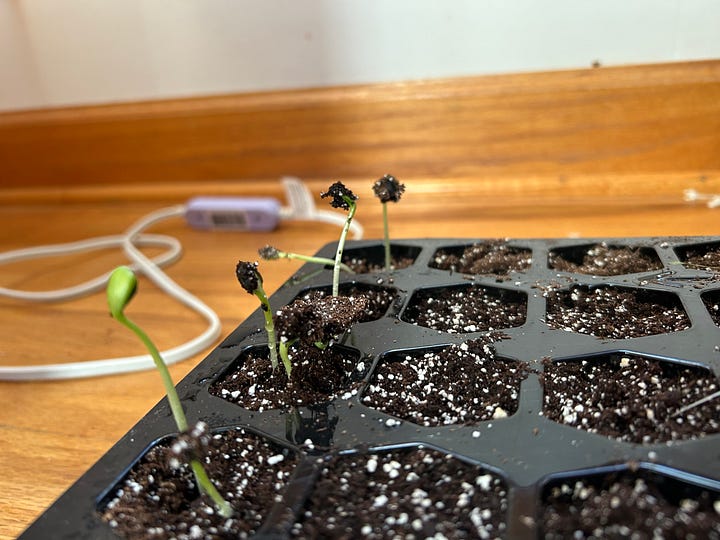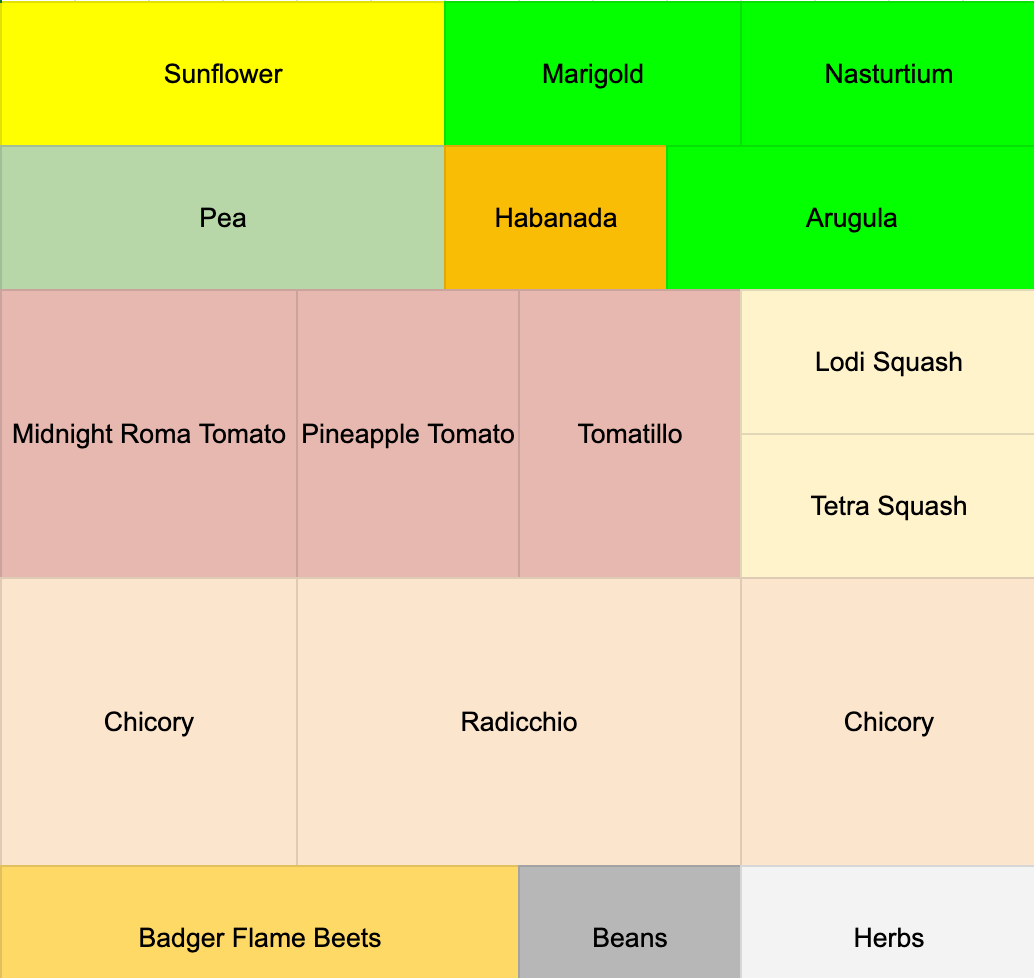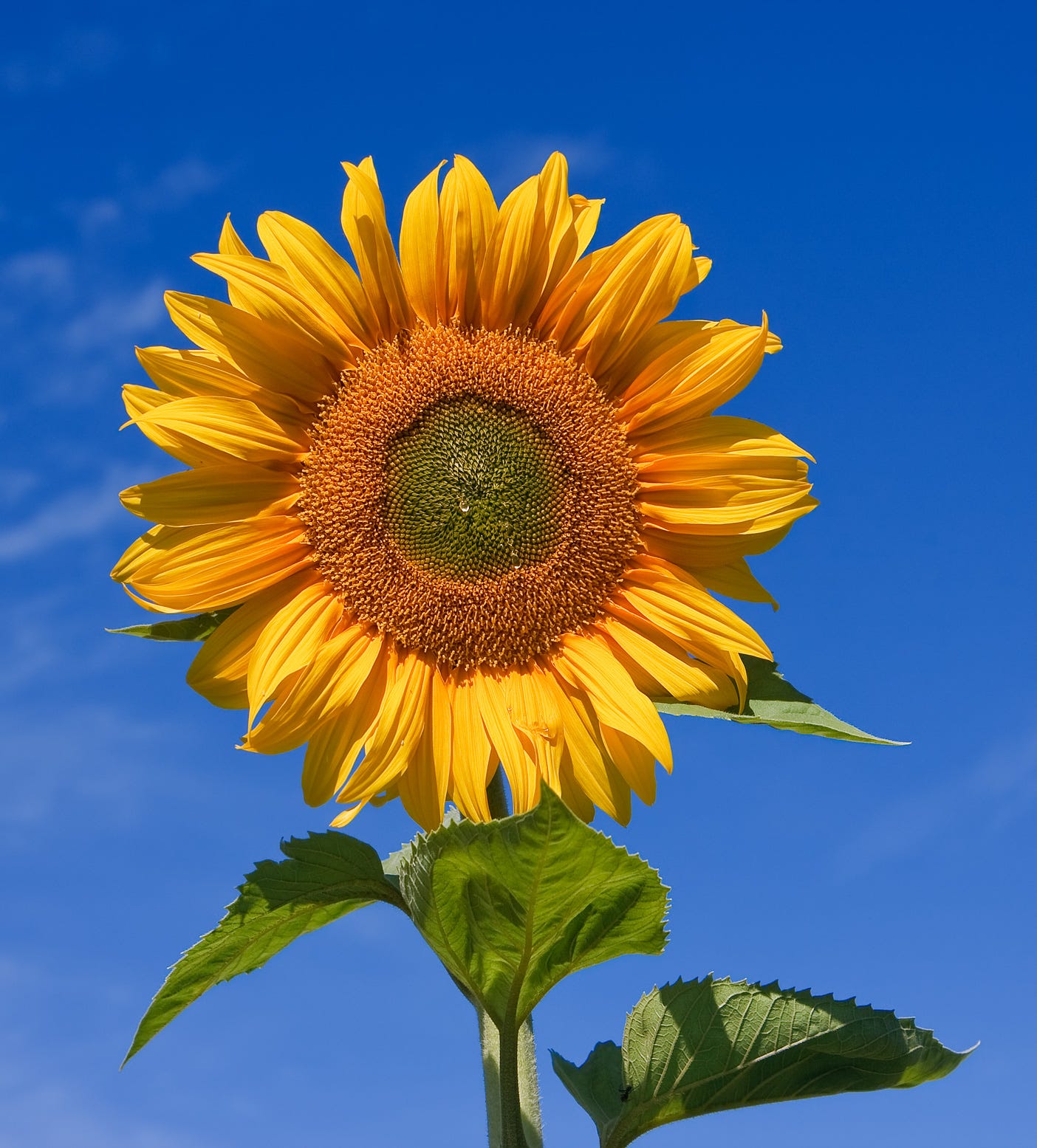gardening vol. ii: planning the plot
trying to grow food without losing the plot
At the end of last year, I decided that 2025 would be the year I finally planted a garden. It wasn’t a spontaneous goal. I wanted to grow something real, start to finish. Not just herbs in a window, but actual food. So for Christmas, I asked for seeds.
Particularly, I asked for ones from Row 7, a seed company connected to the team at Stone Barns and Blue Hill. They work on heirlooms and crossbreeds that are chosen for flavor, not necessarily shelf life. It felt like the right starting point: food that was designed to taste good, to be grown with intention. Who cares if other seeds would probably be earlier to grow for a new gardener?
When I opened the seeds on Christmas Day, I felt like I had a new mission. A sense of duty to make sure that I could actually produce food! It felt like the beginning of something, even if I didn’t really know what I was doing. I walked over to my local garden center to get the seeds in the ground and planned on figuring it out.
I don’t have a gardening background. No family tradition. No decades of compost wisdom. Mostly YouTube videos and Reddit threads. But I liked the idea of carving out a little space to try. So no, I’m not trying to grow enough vegetables to feed a block. But I am trying to do this right. A little bit of structure, a lot of trial and error, and a real interest in watching things come alive.
the seeds
I walked over to my garden plot and measured out how much space I actually had — about 13 square feet, since I’m sharing a raised bed with another community member. The goal is simple: grow as much as I can in that space without completely overwhelming my neighbor or myself.
Here’s what I’ve got lined up:
snow peas
habanadas, or spiceless habanero peppers
midnight Roma tomatoes
Lodi and Tetra squash
badger flame beets
Alongside those, I asked for seeds of ice plant - something I tracked down online after trying it in Colorado, after eating it the day after we got engaged. I had to pull the waiter over and ask where the iceberg lettuce was (and frankly I was surprised their salad had iceberg lettuce), but he described that it was very different. It’s strange and citrusy and kind of electric on the tongue. I wanted it in the garden as a marker of that memory.
I’ve since picked up a few other things from local seed racks, just to fill out the mix:
sunflowers (because Fiona likes them)
marigolds and nasturtiumschicory, radicchio, and soon some arugula (because I love bitter greens)
a small collection of herbs (still sorting out which I’ll buy from the garden center)
the plan
With the seeds in hand and the excitement of planting taking over, I knew I needed a solid plan to keep track of everything. I’m not one for sketching layouts on paper, but I do love structure — so I turned to what I’m comfortable with: a Google Sheet. I mapped out the entire garden, making each cell represent six inches of space. Since I knew a lot of the seeds I was working with required anywhere from three to 18 inches of space between each plant, the grid made it easier to visualize how everything would fit together. It’s a simple system, but it’s really helped me see the bigger picture of what’s going where. Here’s what it looks like:
In addition to mapping out the garden layout, I created a separate sheet just for the seedlings. This way, I could track what I planted and where, making sure I didn’t forget what was growing in each spot. It was a pretty straightforward system that kept me organized and eliminated the need to label every single seedling individually. I wanted this to be as easy to manage as possible while still giving each plant the attention it needs.
The seedling kit has been a solid start. So far, I’ve grown everything indoors except the peas, which I’m planning to directly sow into the ground. It’s been a good experience watching everything sprout, and I’ve learned a lot about the right timing and how much water each plant needs. Watering has been a bit of trial and error, figuring out when the soil’s too dry or too wet. But that’s part of the process, right?
The seedlings have started to sprout, and that’s been the most rewarding part so far — watching this project, which started with a handful of seeds and some planning in a Google Sheet, actually come to life.


It’s been surprisingly energizing. Our apartment feels a little more alive because of it. Every morning, I find myself walking over to the seedling kit first thing, just to see what’s changed. Some mornings, it’s nothing. Other days, I catch the first sign of a sprout breaking through. I didn’t expect this much anticipation, but now it’s part of the routine: checking the trays, adjusting the heating blanket, and making sure things aren’t too dry or too soaked.
Some things are sprouting fast, others haven’t moved at all yet. And I’ve definitely had those moments where I wonder if I planted them wrong, or if something’s already gone off track. But I keep watering, keep watching. It’s not stressful, just something I want to get right.
The peas will go straight into the soil, and I’m looking forward to seeing how they do. If anyone has advice about moving seedlings into the ground, I’m all ears. I’ll keep posting updates as this all unfolds.



